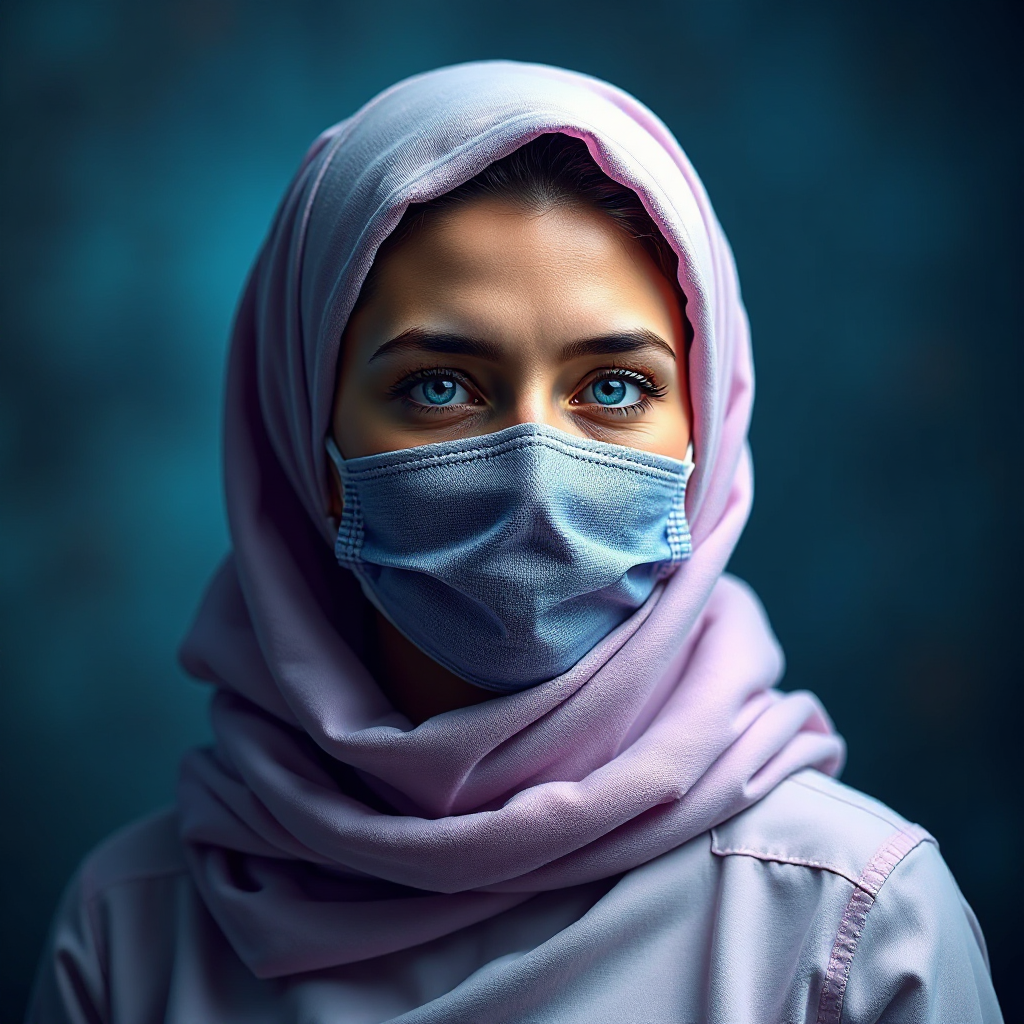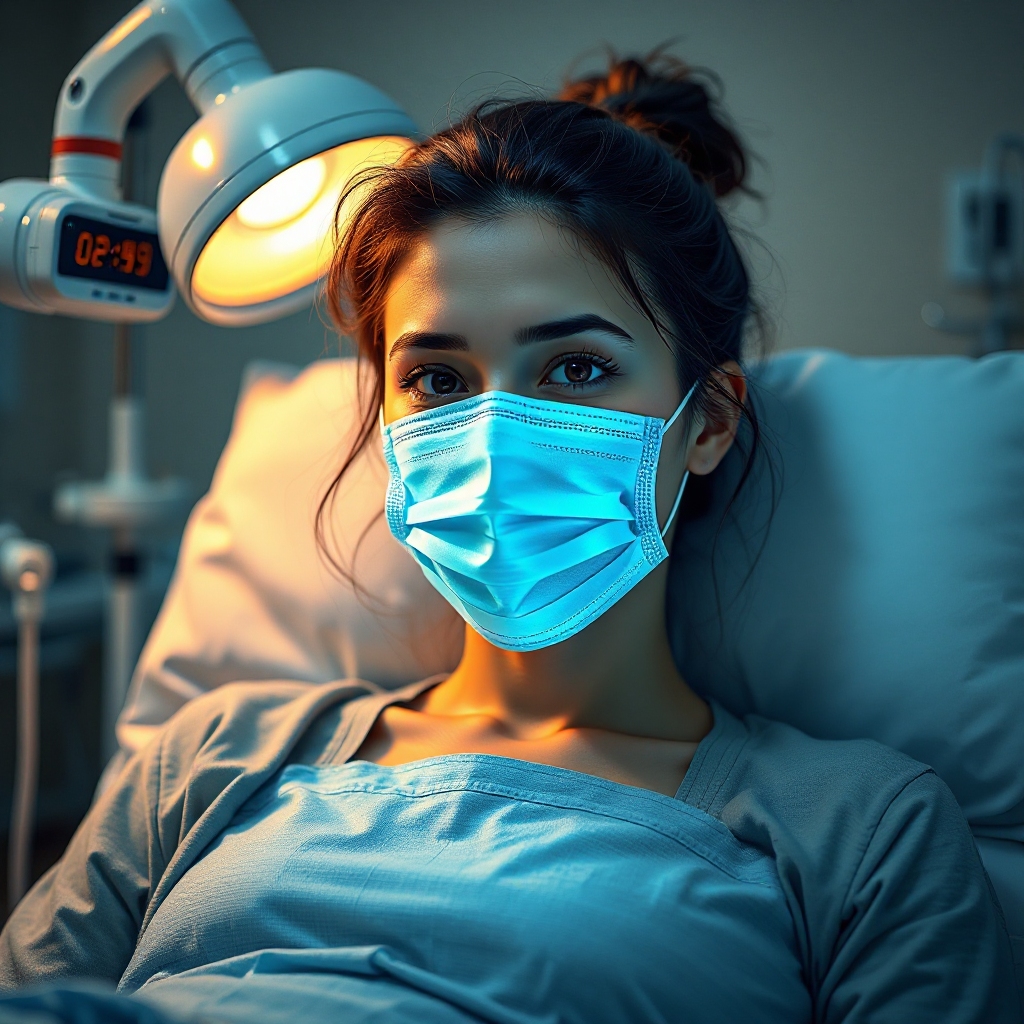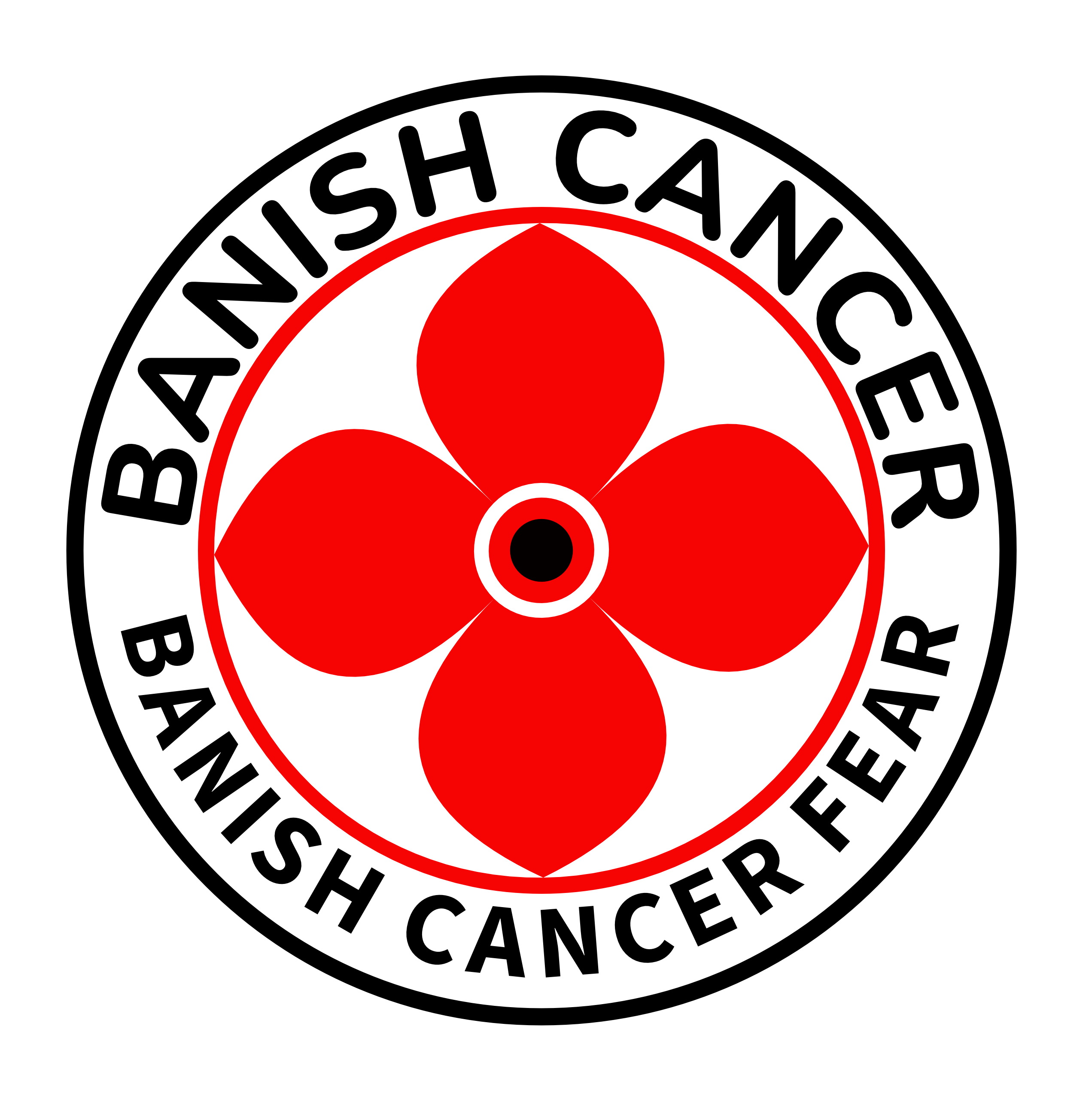What is Chemotherapy and How Does It Work in Cancer Treatment

Chemotherapy involves the use of powerful drugs to target and attack cancer cells. These medications are designed to either destroy the cells or slow their growth. Often regarded as a cornerstone of cancer treatment, chemotherapy plays a crucial role in managing various types of cancer. It can shrink tumors, prevent the spread of cancer, or alleviate symptoms. Cancer treatment chemotherapy specifically targets cells that grow and divide rapidly, a characteristic commonly found in cancer cells.
Key Takeaways
Chemotherapy uses strong medicines to kill cancer cells. It helps control or remove the disease.
There are different kinds of chemotherapy. Curative tries to cure cancer. Palliative helps make life better. Adjuvant or neoadjuvant is used with surgery.
Chemotherapy can cause tiredness, feeling sick, and hair loss. Eating healthy food and drinking water can help manage these.
Doctors check progress with tests like CT scans and blood tests. These tests show if the treatment is working and if changes are needed.
Talking openly with your doctors is very important. This helps create the best plan for your treatment and health.
Understanding Cancer Treatment Chemotherapy

What is Chemotherapy?
Chemotherapy refers to the use of drugs to treat cancer by targeting and destroying cancer cells. These drugs work by interfering with the ability of cancer cells to grow and divide. Since cancer cells multiply rapidly, chemotherapy disrupts this process, helping to control or eliminate the disease. It is a key component of cancer treatment and is often combined with other therapies like surgery or radiation.
Why is Chemotherapy Used in Cancer Treatment?
Chemotherapy serves multiple purposes in cancer treatment. It can aim to cure cancer, control its spread, or relieve symptoms caused by the disease. In some cases, it is used before or after surgery to enhance the effectiveness of other treatments. By targeting cancer cells throughout the body, chemotherapy can treat cancers that have spread to other areas.
Goals of Chemotherapy
The goals of chemotherapy depend on the type and stage of cancer, as well as your overall health. These goals can be grouped into three main categories:
Curative Chemotherapy
Curative chemotherapy aims to completely eliminate cancer from your body. The goal is to destroy all cancer cells so the disease does not return. This approach is often used when there is a high chance of curing the cancer.
Palliative Chemotherapy
Palliative chemotherapy focuses on improving your quality of life. It helps reduce symptoms caused by advanced cancer, such as pain or discomfort. Unlike curative chemotherapy, this approach does not aim to eliminate the disease but rather to make you feel better.
Adjuvant and Neoadjuvant Chemotherapy
Adjuvant and neoadjuvant chemotherapy are used alongside other treatments like surgery. Adjuvant chemotherapy is given after surgery to kill any remaining cancer cells and reduce the risk of recurrence. Neoadjuvant chemotherapy, on the other hand, is administered before surgery to shrink tumors, making them easier to remove and improving the chances of success.
Chemotherapy plays a vital role in cancer treatment chemotherapy by addressing cancer at different stages and with varying goals. Whether the aim is to cure, control, or provide relief, it remains a powerful tool in the fight against cancer.
How Chemotherapy Works
Mechanisms of Action
Targeting Rapidly Dividing Cells
Chemotherapy primarily targets cells that divide rapidly. Cancer cells grow and multiply at an abnormal rate, making them the main focus of this treatment. Chemotherapy drugs disrupt the cell cycle, preventing cancer cells from dividing and spreading. By interfering with DNA replication or damaging the cell structure, these drugs effectively halt the growth of cancer. This approach makes chemotherapy a powerful tool in managing cancer.
How Chemotherapy Affects Cancer Cells
Chemotherapy drugs attack cancer cells in several ways. Some drugs damage the DNA inside the cells, making it impossible for them to reproduce. Others interfere with the enzymes or proteins that cancer cells need to grow. Over time, this leads to the destruction of cancer cells. However, the effectiveness of chemotherapy depends on the type of cancer and its stage. Combining chemotherapy with other treatments often enhances its impact.
Effects on Healthy Cells
Why Healthy Cells are Affected
While chemotherapy targets cancer cells, it can also harm healthy cells that divide quickly. These include cells in your bone marrow, digestive tract, hair follicles, and reproductive system. The damage to these cells causes many of the side effects associated with chemotherapy. Healthy cells usually recover after treatment, but the temporary impact can be challenging.
Commonly Impacted Areas
Chemotherapy affects several areas of your body. Here are the most commonly impacted systems and their effects:
Blood-forming cells in the bone marrow: This can lead to anemia, increased infection risk, and easy bruising or bleeding.
Hair follicles: Damage here often results in hair loss.
Digestive tract cells: You may experience nausea, vomiting, diarrhea, or constipation.
Mouth and throat cells: Sores and discomfort are common.
Reproductive system cells: Fertility issues or changes in sexual function may occur.
Tip: Staying hydrated and maintaining a balanced diet can help manage some of these side effects.
Chemotherapy’s impact on healthy cells highlights the importance of personalized treatment plans. Your healthcare team will work to minimize side effects while maximizing the effectiveness of cancer treatment chemotherapy.
Types of Chemotherapy and Their Applications
Categories of Chemotherapy Drugs
Chemotherapy drugs are classified into several categories based on how they work. Each category targets cancer cells differently, making them suitable for specific types of cancer. Here’s an overview of the main categories:
Category | Mechanism of Action | Examples |
|---|---|---|
Alkylating agents | Work directly on DNA to prevent cell reproduction. | Chlorambucil, Cyclophosphamide, Cisplatin |
Nitrosoureas | Slow down or stop enzymes that help repair DNA; can travel into the brain. | Carmustine, Lomustine |
Anti-metabolites | Interfere with RNA and DNA during cell division. | Fluorouracil, Methotrexate, Fludarabine |
Plant alkaloids and natural products | Block cell division and repair processes. | Vincristine, Paclitaxel, Topotecan |
Anti-tumor antibiotics | Break up DNA strands or slow down DNA synthesis; work in all phases of the cell cycle. | Bleomycin, Doxorubicin, Mitoxantrone |
Hormonal agents | Change hormone production to control cancer growth; do not kill cells directly. | Prednisone, Dexamethasone, Tamoxifen |
Biological response modifiers | Strengthen the immune system to fight cancer growth. | Herceptin, Avastin, Erbitux, Rituxan |
Note: Some drugs, like alkylating agents, are used for a wide range of cancers, including lung, breast, and ovarian cancers. Others, such as hormonal agents, are more specific, targeting cancers like breast or prostate cancer.
Choosing the Right Chemotherapy
Selecting the right chemotherapy depends on several factors. Your healthcare team considers the type and stage of cancer, as well as your overall health and treatment goals.
Based on Cancer Type and Stage
The type and stage of cancer play a significant role in determining the chemotherapy plan. For example:
Cancer stage: Early-stage cancers may require less aggressive treatment, while advanced stages often need stronger drugs.
Cancer grade: High-grade cancers, which grow faster, may need more intensive chemotherapy.
Survival rates for specific cancers also guide treatment decisions. These rates help you understand how effective chemotherapy might be for your condition.
Considering Patient’s Health and Goals
Your age, overall health, and medical history influence chemotherapy choices. For instance, if you have pre-existing conditions, your doctor may adjust the dosage or select drugs with fewer side effects. Personalized care ensures the treatment aligns with your goals, whether it’s curing the cancer, controlling its spread, or improving your quality of life.
Example: In one case, a patient processed a chemotherapy drug more slowly than expected. Her care team adjusted the dosage to prevent severe side effects. This personalized approach highlights the importance of therapeutic testing in cancer treatment chemotherapy.
Administration of Chemotherapy
Methods of Delivery
Chemotherapy can be delivered in several ways, depending on your treatment plan and the type of cancer. Here are the most common methods:
Method | Description |
|---|---|
Intravenous (IV) | Administered directly into a vein. |
Oral | Taken by mouth in pill or liquid form. |
Intramuscular (IM) | Injected into a muscle. |
Subcutaneous (SC) | Injected under the skin. |
Intrathecal Therapy | Delivered within the spinal canal. |
Intravenous (IV) Chemotherapy
IV chemotherapy is one of the most common methods. It delivers drugs directly into your bloodstream, ensuring quick distribution throughout your body. This method is often used for cancers that require fast-acting treatment. However, it may involve frequent visits to a healthcare facility.
Oral Chemotherapy
Oral chemotherapy offers the convenience of taking medication at home. You can take it in pill or liquid form, making it easier to fit into your daily routine. However, it requires strict adherence to your prescribed schedule. Missing doses can reduce the effectiveness of the treatment.
Tip: Keep a medication tracker to ensure you take oral chemotherapy on time.
Other Methods (e.g., injections, topical)
Other delivery methods include injections into muscles or under the skin. For certain cancers, topical chemotherapy may be applied directly to the skin. These methods are less common but may be recommended based on your specific needs.
What to Expect During Treatment
Preparing for Chemotherapy
Preparation is key to managing your chemotherapy experience. You should eat a healthy diet, stay active, and follow your doctor’s instructions for any pre-treatment tests. Arrange for transportation and support from family or friends. Stock up on comfort items like blankets and snacks to make your sessions more manageable.
The Treatment Process
During your first session, you’ll check in at the treatment center. The care team will take your vital signs and answer any questions. You’ll sit in a comfortable chair while the chemotherapy drugs are administered. This process may take one to six hours, depending on the treatment. Bring entertainment like a book or tablet to pass the time.
Post-Treatment Care
After chemotherapy, your body needs time to recover. Rest is essential, and staying hydrated can help manage side effects. Monitor your symptoms and report any concerns to your healthcare team. They will guide you on how to care for yourself between sessions.
Note: Cancer treatment chemotherapy can be challenging, but proper preparation and support can make the process smoother.
Managing Side Effects of Chemotherapy

Common Side Effects
Chemotherapy can cause various side effects, as it affects both cancerous and healthy cells. Understanding these effects can help you prepare and manage them effectively.
Fatigue
Fatigue is one of the most common side effects. It occurs because chemotherapy impacts your body’s energy levels and can lead to anemia or appetite loss. You may feel physically and mentally drained, even after resting.
Nausea and Vomiting
Nausea and vomiting often result from chemotherapy irritating the brain areas that control nausea or the digestive tract lining. These symptoms can make eating and staying hydrated challenging.
Hair Loss
Hair loss happens because chemotherapy targets rapidly dividing cells, including those in hair follicles. This effect is usually temporary, and hair often regrows after treatment ends.
Other Side Effects
You might experience additional side effects, such as:
Mouth sores or pain when swallowing.
Changes in appetite, leading to weight loss or gain.
Increased risk of infections due to a weakened immune system.
Skin and nail changes, including dryness or discoloration.
Tip: Keep a journal to track your symptoms and share them with your healthcare team.
Coping Strategies
Managing side effects requires a proactive approach. These strategies can help you feel more in control during your treatment.
Nutrition and Hydration
Proper nutrition supports your recovery and helps maintain your weight. Foods high in protein, like eggs or lean meats, can preserve muscle mass. Bland foods, such as crackers, may reduce nausea. Staying hydrated is equally important. Drink small amounts of water frequently or try foods with high water content, like oranges. Oral rehydration solutions can also help.
Rest and Stress Management
Rest is essential for combating fatigue. Short naps during the day can improve your energy levels. Establishing a consistent sleep schedule can also help. Light exercise, such as walking, may boost your mood and reduce stress.
Communicating with Your Healthcare Team
Your healthcare team is your best resource. Share any side effects you experience, no matter how minor they seem. They can adjust your treatment plan or prescribe medications to alleviate symptoms like nausea or constipation. Don’t hesitate to ask for advice on managing daily challenges.
Note: Cancer treatment chemotherapy can be demanding, but these strategies can make the journey more manageable.
Monitoring Chemotherapy Effectiveness
Assessing Progress
Monitoring the effectiveness of chemotherapy is essential to ensure the treatment is working as intended. Your healthcare team uses various tests to evaluate progress and make informed decisions about your care.
Imaging Tests (e.g., CT scans, MRIs)
Imaging tests like CT scans and MRIs play a crucial role in assessing chemotherapy's impact. These tests provide detailed images of your body, helping doctors evaluate tumor size, location, and response to treatment.
Imaging Test | Function |
|---|---|
CT scan | Measures tumor size, shape, and location to detect changes in cancer status. |
MRI scan | Provides detailed images to assess tumor response and determine effectiveness. |
These tests allow your doctor to see if tumors are shrinking, growing, or remaining the same size. This information is vital for deciding whether to continue or adjust your treatment plan.
Blood Tests and Tumor Markers
Blood tests and tumor marker evaluations are also key tools for tracking progress. Blood tests, such as a complete blood count (CBC), measure red and white blood cells and platelets. These results help determine how your body is responding to chemotherapy. Tumor marker tests measure substances produced by cancer cells in your blood, tissue, or urine. A decrease in these markers often indicates that the treatment is working.
Test Type | Purpose |
|---|---|
Blood tests | Assess blood cell counts to monitor treatment impact. |
Tumor markers | Track cancer-related substances to gauge chemotherapy effectiveness. |
Adjusting Treatment Plans
Your treatment plan may need adjustments based on how well chemotherapy is working. Regular assessments help your healthcare team make these decisions.
When Chemotherapy is Effective
Signs that chemotherapy is working include reduced pain or other symptoms and improved test results. Follow-up tests, such as blood tests, CT scans, and MRI scans, confirm progress. Responses to chemotherapy are categorized as:
Complete response: No detectable cancer remains.
Partial response: Cancer has decreased but some remains.
Stable disease: Cancer size has not changed.
Progression: Cancer has grown or spread.
If you experience a complete or partial response, your doctor may continue the current treatment plan.
When Changes are Needed
Sometimes, chemotherapy may not produce the desired results. If tests show stable disease or progression, your doctor might adjust the treatment. This could involve changing the chemotherapy drugs, altering the dosage, or exploring other therapies. These changes aim to improve outcomes and better manage your condition.
Tip: Stay proactive by discussing any concerns or symptoms with your healthcare team. Open communication ensures your treatment remains effective and tailored to your needs.
Chemotherapy plays a vital role in cancer treatment. It can aim to cure cancer, control its spread, or provide relief from symptoms. You may receive it alone or alongside other treatments like surgery or radiation.
Understanding chemotherapy empowers you to take an active role in your care. For example, one patient felt overwhelmed but found strength by discussing her goals with her doctor. This proactive approach helped her make informed decisions and feel more in control.
Always consult your healthcare team to tailor your cancer treatment chemotherapy plan to your needs and goals. Open communication ensures the best possible outcomes.
FAQ
What should you eat during chemotherapy?
Focus on nutrient-rich foods. Include lean proteins, whole grains, fruits, and vegetables. Avoid processed or sugary foods. Small, frequent meals can help if you feel nauseous. Staying hydrated is equally important. Consult your healthcare team for personalized dietary advice.
Tip: Ginger tea or crackers may help reduce nausea during treatment.
Can you work while undergoing chemotherapy?
Yes, many people continue working during treatment. However, you may need to adjust your schedule based on your energy levels. Flexible hours or remote work can help. Discuss your needs with your employer and prioritize rest when necessary.
Note: Listen to your body and avoid overexertion.
How long does chemotherapy take?
The duration depends on your treatment plan. A single session may last from 30 minutes to several hours. Treatment cycles often span weeks or months, with breaks in between to allow your body to recover.
Session Type | Approximate Time |
|---|---|
Short session | 30-60 minutes |
Long session | 2-6 hours |
Will chemotherapy affect your fertility?
Chemotherapy can impact fertility, depending on the drugs used and your age. Women may experience changes in menstrual cycles, while men might notice reduced sperm count. Discuss fertility preservation options, like egg or sperm freezing, with your doctor before starting treatment.
Tip: Early planning ensures more options for preserving fertility.
How can you manage chemotherapy-related fatigue?
Rest is essential. Take short naps during the day and maintain a consistent sleep schedule. Light exercise, like walking, can boost energy. Eating balanced meals and staying hydrated also help. Share your symptoms with your healthcare team for additional support.
Reminder: Fatigue is common but temporary. Be patient with yourself.
See Also
Choriocarcinoma: Definition, Symptoms, and Treatment Options
Anaplastic Large Cell Lymphoma: Overview and Treatment Methods
Cholangiocarcinoma: Key Features and Essential Insights Explained
Duodenal Cancer: Recognizing Symptoms and Available Treatments
Head and Neck Cancer: Symptoms and Underlying Causes Explained
